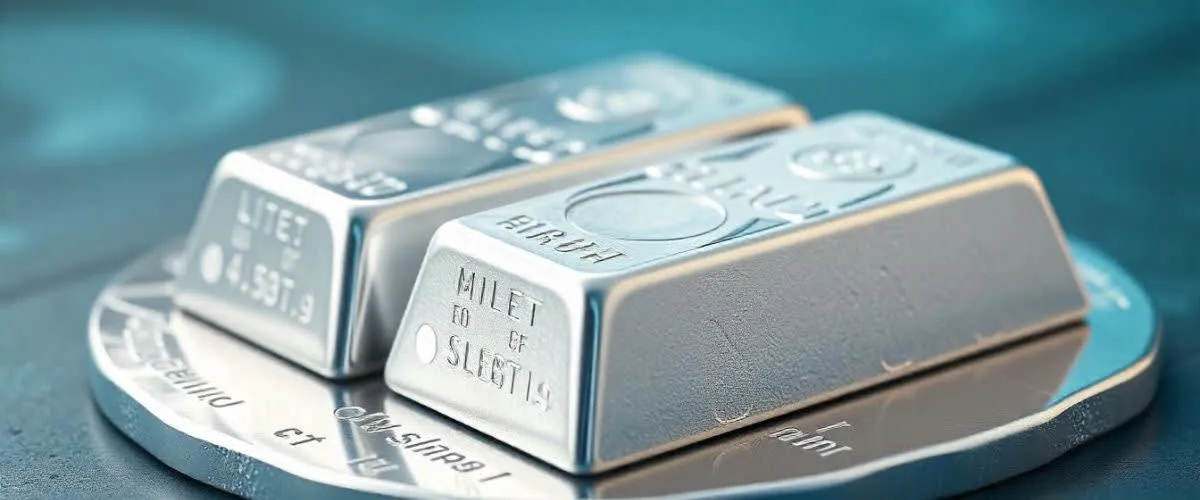The metals markets in the United States witnessed notable fluctuations on Friday, as silver prices saw a slight decline amid cautious sentiment driven by economic and geopolitical developments. According to a report from Reuters, the spot price of silver stood at around $36.44 per ounce, reflecting a dip compared to previous days. Other platforms showed minor variations due to timing differences in live market updates—Monex listed silver at $36.59, while JM Bullion showed it at $36.15. These small gaps are normal and expected in real-time trading environments.
The day before, silver prices had reached around $36.49 per ounce, signaling relative market stability before the minor drop. In contrast, gold experienced a sharper decline, losing 1.3% to settle at $3,283.56 per ounce—its lowest level since late May. This means gold has shed over 2% in value over the past week and more than $200 since hitting its all-time high in April. Gold futures also fell 1.6%, landing at $3,295.70, compared to Thursday’s price of approximately $3,330 per ounce.
The shift in prices wasn't limited to gold and silver. Other precious metals, such as platinum and palladium, also saw changes. Platinum dropped by 3.8% to $1,363.66, following a recent peak not seen since 2014. Meanwhile, palladium slipped 0.2% to $1,129.98. According to analysts at Commerzbank, platinum’s earlier surge may have been driven by the wide price gap between it and gold, which some investors now view as overvalued.
These recent movements in the metals markets, particularly in gold and silver, also follow key global political developments—most notably, a ceasefire agreement between Iran and Israel, brokered earlier this week by U.S. President Donald Trump. This easing of geopolitical tensions has contributed to a reduced demand for gold as a safe-haven asset. Additionally, the United States and China announced an agreement to expedite shipments of rare earth metals to the U.S., a move that could further influence market dynamics in the coming weeks.
The slight decline in silver prices is not widely seen as a negative indicator. Rather, it’s considered a typical correction following a notable recent rise. Market expectations remain optimistic, with analysts suggesting that prices could rebound, especially given the increasing industrial demand from sectors like renewable energy and advanced technologies.
